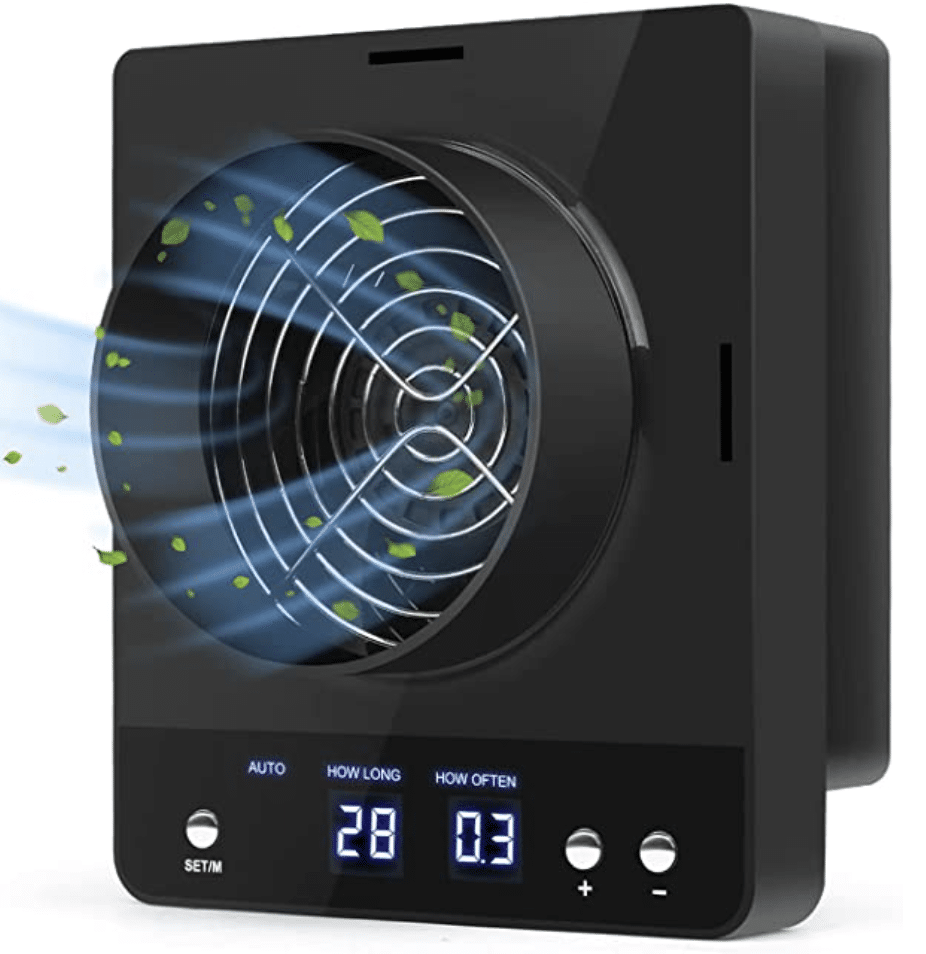Creating the perfect environment for your plants to thrive is essential when managing a greenhouse. To achieve this, you’ll need to pay close attention to the temperature and humidity levels within your greenhouse, as these factors can significantly influence your plants’ growth and health.
It’s important to understand that the ideal temperature and humidity vary depending on the types of plants you’re growing and the season.
For instance, most plants and vegetables grow best at around 80°F (27°C), while cold-season crops like lettuce and greens may only need 50 degrees.
Similarly, humidity should be maintained within a specific range depending on the plants and temperature, such as 40 to 85% for a greenhouse that is 80°F (26.5°C) (The Homesteading Hippy).
As you cultivate different plants throughout the year, it’s crucial to adjust temperature and humidity levels accordingly to ensure the best-growing conditions for your greenhouse inhabitants.
This way, you can help your plants thrive and enjoy the fruits of your labor all year round.
Ideal Temperature for Greenhouse Plants
Understanding the ideal temperature for your greenhouse plants is crucial to ensure their healthy growth.
While each plant has its own specific requirements, a general temperature range suited for most plants is between 75 and 85 degrees Fahrenheit (24 – 29.5 degrees Celsius) during the day.
During the nighttime, lower temperatures ranging from 60 to 75 degrees Fahrenheit (15.5 – 24 degrees Celsius) are preferred.
It’s essential to maintain this temperature range, as it creates an environment in which your plant’s growth rate is maximized.
If the temperature exceeds 95°F (35°C), the growth rate may decrease(source). On the other hand, temperatures below the ideal range might slow down the metabolic processes and hinder plant development.
Here are some guidelines for specific plant types:
- Leafy Greens: Thrive in cooler temperatures of 60-70°F (15.5-21°C)
- Fruiting Plants: Prefer warmer temperatures around 75-85°F (24-29.5°C)
- Herbs: Often grow well in a broad temperature spectrum, from 60-85°F (15.5-29.5°C)
It’s always a good idea to research the specific temperature requirements for the plants you plan to grow in your greenhouse. This will help you create the most conducive environment for their healthy growth and development.
Ideal Humidity Levels for Greenhouse Plants
Managing the humidity in your greenhouse is essential for the well-being of your plants, as it can impact their growth and yield.
Most plants thrive with humidity levels between 50 and 80 percent, but the ideal humidity is often around 80 percent for optimal plant growth in a greenhouse.
Humidity affects the transpiration rate and nutrient absorption of your plants. When humidity levels are too high, it can lead to reduced yields and encourage the growth of mold or mildew.
On the other hand, low humidity conditions can cause your plants to suffer from dehydration and inadequate nutrient uptake.
To maintain the desired humidity levels in your greenhouse, you can adopt various strategies. Some of these include:
- Proper Ventilation: Implementing an effective ventilation system in your greenhouse helps in controlling humidity levels by exchanging warm, moist air with cooler, drier air from outside.
- Heating: If the temperature inside your greenhouse is too low, your heating system can raise the temperature, which also helps to reduce humidity levels.
- Humidifiers: For situations where the greenhouse air is too dry, you can use a humidifier to add moisture and maintain an optimal environment for your plants.
As you monitor and adjust the humidity in your greenhouse, keep in mind that different plants might have specific humidity requirements.
Do some research about the preferred conditions for the specific plants you’re growing and consider creating separate zones in your greenhouse with varying humidity levels if necessary.
Controlling the Humidity
One way to control humidity is by using ventilation. By opening vents and windows, you can allow excess moisture to escape and fresh air to circulate, reducing humidity levels.
Another effective method is to use a dehumidifier. This device works by removing excess moisture from the air, which can be especially helpful in humid climates.
Additionally, you can use fans to circulate the air and prevent stagnant pockets of moisture. By monitoring and adjusting these factors, you can maintain optimal humidity levels for your plants to thrive.
DAOTAILI Grow Tent Fan,Vent Fan with Humidity Sensor

Control your Temps
A one-liner about the best popcorn machine in the universe.
- Lightweight
- Auto-Safe mode
- LCD Control screen
- Inexpensive
Conclusion
In conclusion, the ideal temperature and humidity for a blog post depend on several factors such as the target audience, the topic, and the purpose of the post.
However, in general, a temperature that is warm and welcoming, yet not too hot or cold, and a humidity level that is comfortable and not too dry or damp, can create a pleasant reading experience for the audience.
It is essential to consider these factors when creating a blog post to ensure that readers can engage with the content and enjoy the experience.
Ultimately, the goal of any blog post is to inform, entertain, or educate the audience, and the ideal temperature and humidity can contribute to achieving that goal.
